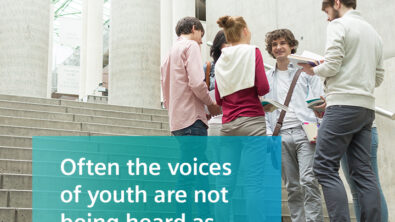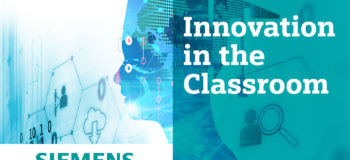Creativity and spatial thinking research using Synchronous Technology

The data is in and early research supports Synchronous Technology as a tool that may impact student learning.Recently published scientific research correlates conceptual design blending with spatial ability and creativity. A research team led by Dr. Wade Goodridge, assistant engineering education professor at Utah State University, found that when students had the “free-form ability” to create or solve open-ended problems in a solid modeling course, it significantly boosted creativity. In conceptual design blending, open-ended problems challenge students to engage the brain in a different way than with traditional solid modeling before. The point is to develop more creative and dynamic problem solving capabilities in future engineers.
What does “conceptual blending” mean?Give a student two different concepts to think about and challenge them to produce a model based on the two.For example, when you challenge students to think about a hinge and a fish, they might come up with many variations of a hinged fish.

What could you do with a desk and a chair?

“Synchronous Technology seems to foster a direct and interactive modeling experience that makes it an excellent medium to use in researching creativity,” said Dr. Goodridge. “It encourages immediate visual feedback with a hands-on type of editing that may endear it to younger student populations. I think solid modeling software with these capabilities, such as Solid Edge, can facilitate spatial thinking and creativity thus fostering it in pre-college students interested in STEM.”
Dr. Goodridge’s team consisted of a graduate student in engineering education as well as two undergraduate researchers. The undergraduates were supported in their research by a National Science Foundation (NSF) Research Experience for Undergraduates (REU) award. NSF is a leading governmental organization that awards highly competitive funding to institutions of higher education in the form of many different grant areas. A REU award is designed to bring undergraduate students to a hosting campus and engage them in cutting edge research. Utah State University’s grant was the first NSF REU award to be offered for engineering education research. Solid Edge was the solid modeling software chosen for this research.
The published paper titled “Creativity Enhancement via Engineering Graphics: Conceptual Design Blending Approach” was accepted by the American Society for Engineering Education. If you are interested in learning more about this topic be sure to attend the session, Pedagogy and Learning Within Engineering Design Graphics I, at the ASEE conference on June 28, 2016.
Don’t forget to drop by the Siemens PLM Software and CD-Adapco booth in the vendor trade area to learn more about our software and how it can assist your research.


